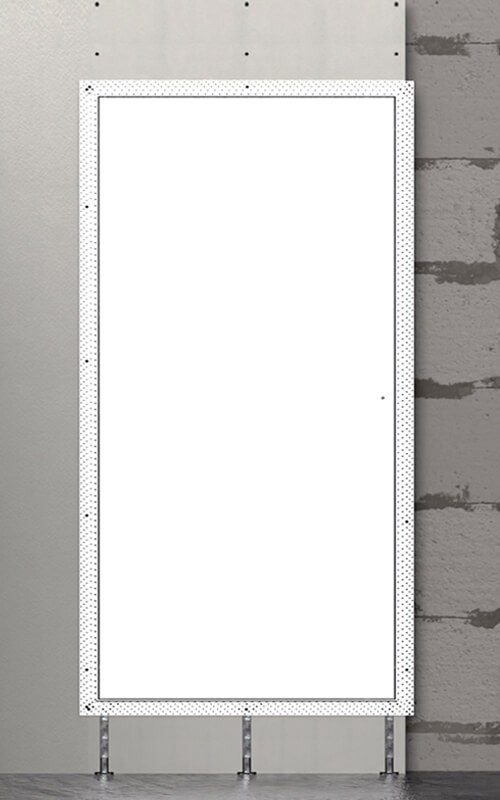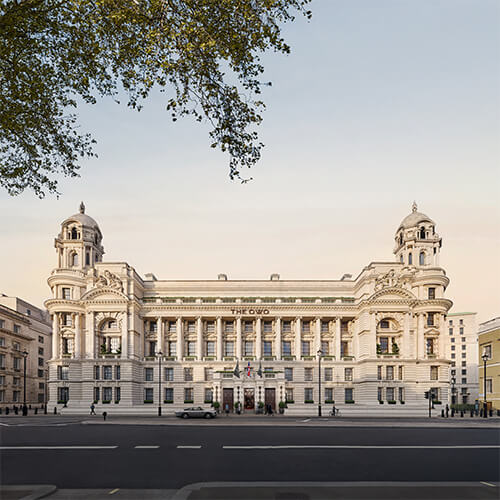
The history of minimalism as a concept traverses cultural and national borderlines, arising in one century as part of a religious or spiritual movement and in another as a revolutionary artistic movement, influencing designers of all stripes, from car manufacturers through to software developers.
Minimalism appears to have resonated most deeply with architects, however, who drew upon and expanded the concept to create beautiful buildings and peaceful living spaces.
An early example of minimalist architecture comes in the surprising form of the Cistercian abbey of Le Thoronet, in rural France. Built in the 12th century this plain but elegant church bears a striking contrast to the ornate intricacies usually associated with the gothic architecture of the period. As with later minimalist artistic movements, this contrast was conscious, with the Cistercian monks reacting against the perceived corruption of the extravagant style of architecture then favoured by the church.
The father of minimalism in the modern age was Ludwig Mies van der Rohe, a German architect who aimed to forge truly ‘modern’ architecture for the industrial world. His dictum that ‘less is more’ encapsulated the minimalist ethos. ‘Mies’, as he was called, strove for minimal structural framework, emphasised open space, and revelled in the industrial materials used in production. In so doing, he provided the blueprint for modernist, minimalist architecture, and forged a path which many of the 20th and 21st centuries most gifted architects were to follow.
The minimalist architecture that followed made elegant use of space and light, matched muted colours with natural textures, and utilised geometric shapes, flat roofs, and large spacious windows. Minimalism, then, is architecture pared down to its essential features, where ‘spaces are filled only with the basics, and there are only ‘few architectural elements to avoid clutter’.
When minimalism has received widespread acceptance it has often been as a reaction against aesthetic excess, with the aim to return to purer, simpler way of seeing and living. All elements must form a cohesive whole: hence the minimalist precept that “everything is part of everything”.
Minimalist architects have enriched our cities and towns, they enhanced the quality of life of the people who inhabit their buildings. There are so many examples of breathtaking minimalist architecture from around the world, but we’ve listed just three of our favourites below which exemplify some of the key aspects of minimalism.
Dupli Casa
Dupli Casa, built by J. Mayer H. Architects in Ludwigsburg, Germany in 2008, this stunning design marvels with its sleek, smooth lines, and breathtaking ivory skin.
Rosenthal House

Rosenthal House in Manhattan Beach, California was completed in 1993 by architect Antoine Predock. The house is x shaped in plan, and consists of three floors including a ‘sleeping lantern clad in movable translucent glass panels.’
Grangegorman Residence

Garngegorman Residence, this minimalist gem is located in Dublin, Ireland and was designed by ODOS architects. With characteristic flat roof, wide inviting windows, and gorgeously spacious interior this stunning piece of urban architecture embodies all that is great about minimalism.
View our range of concealed frame doorsets to see how we can help you achieve your minimalist look.





























